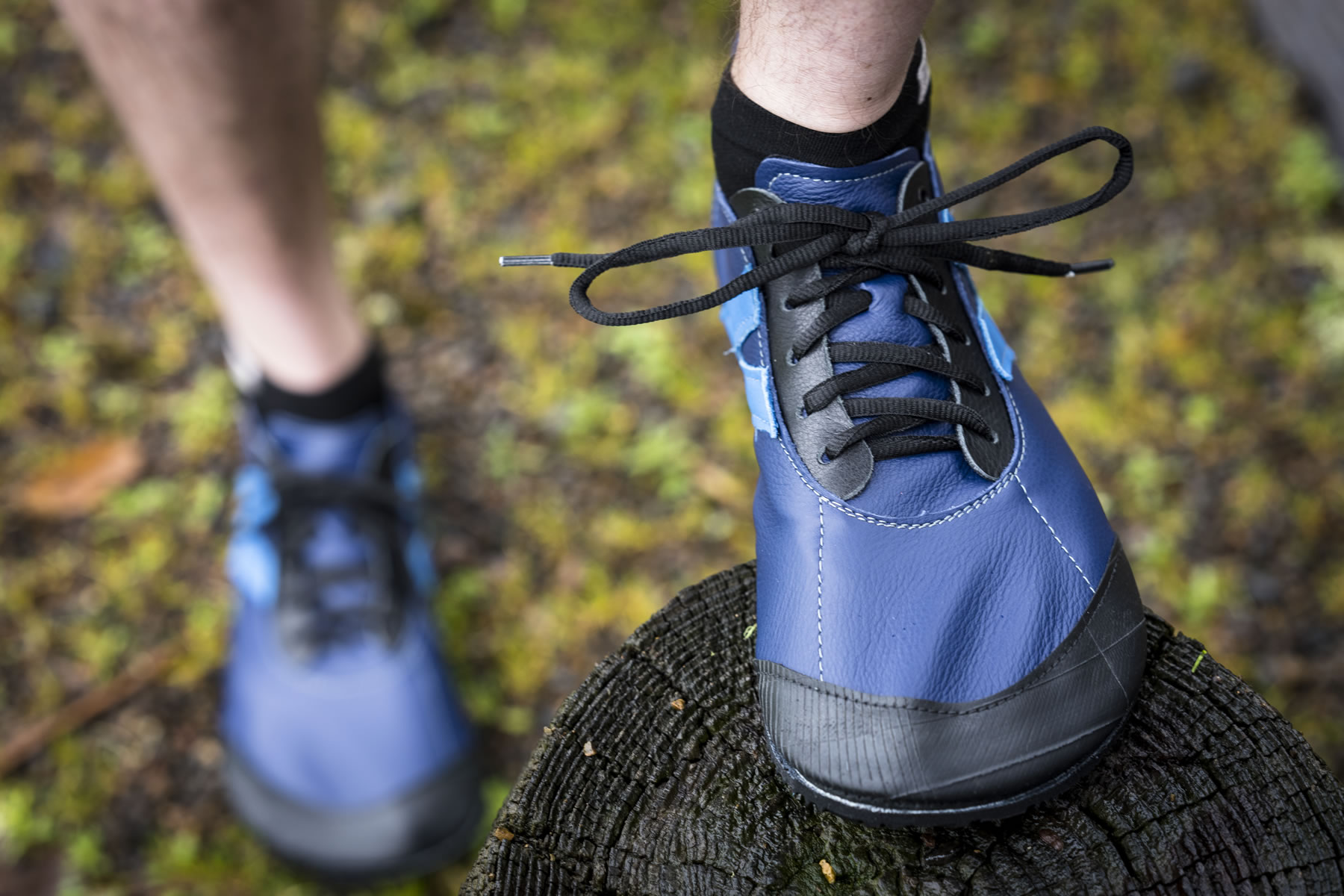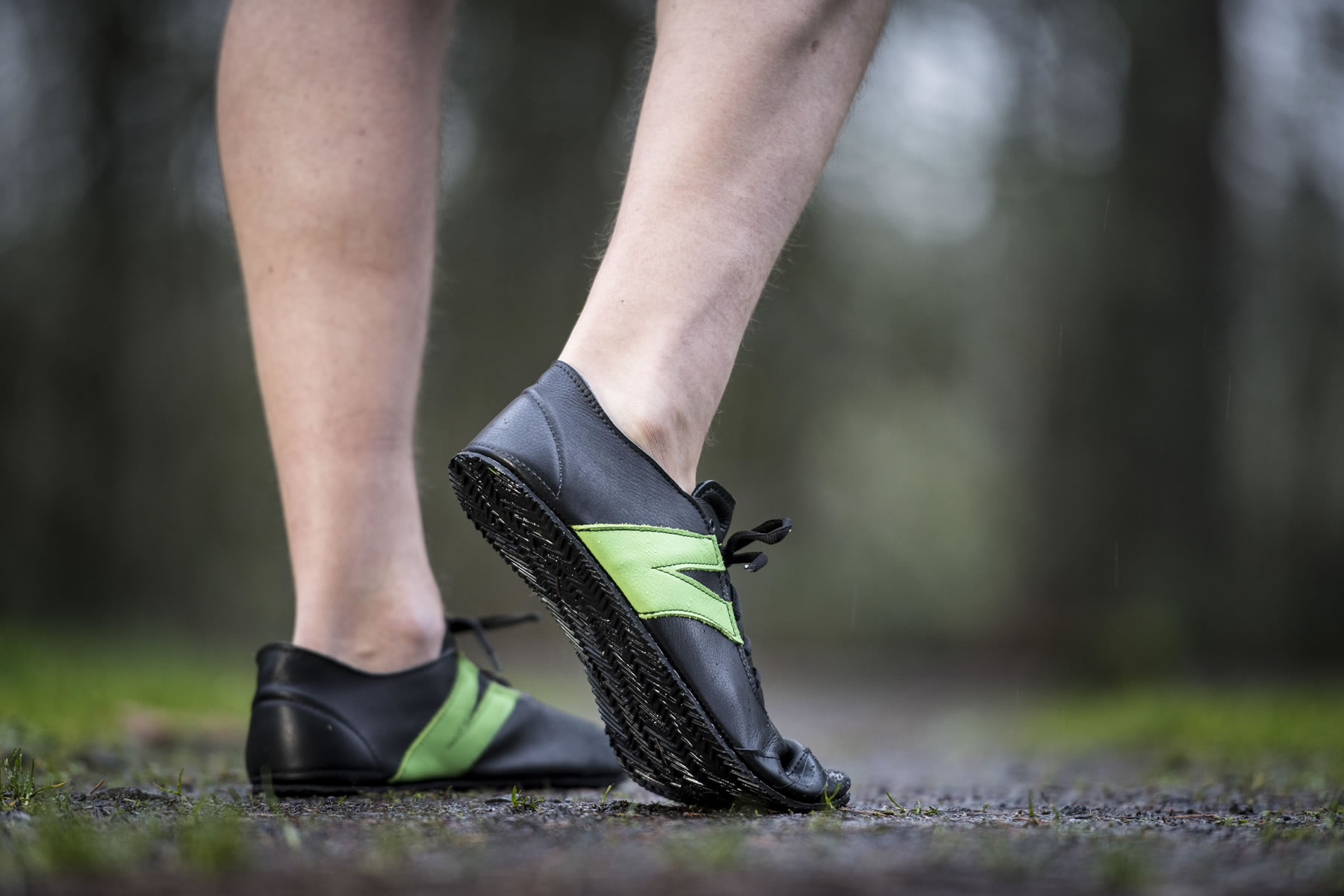When it comes to improving running economy, there are elastic structures in the lower leg that can make your stride more energy efficient. However, these structures can only contribute to better running economy if they are used properly.
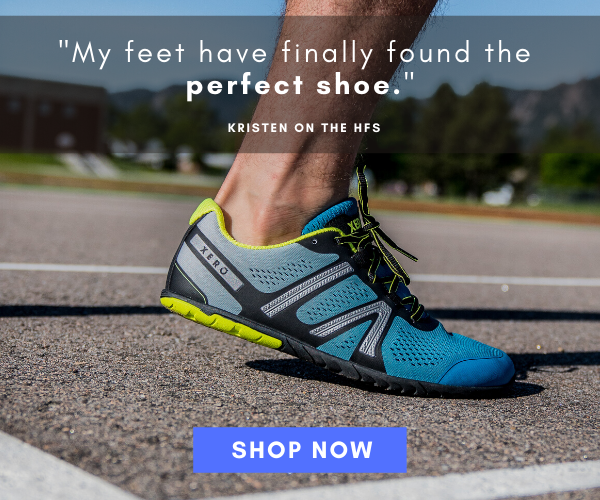
One component that can directly affect the metabolic-saving properties of the lower leg’s elastic structures is foot strike pattern. For example, one elastic structure of the lower leg, the arch of the foot, was found to recover roughly 17% of the mechanical energy produced at each step when running!
What is more, some research has shown that foot strike pattern when running can either profoundly enhance or impair the elastic properties, and therefore, energy economy contributions, of the arch.
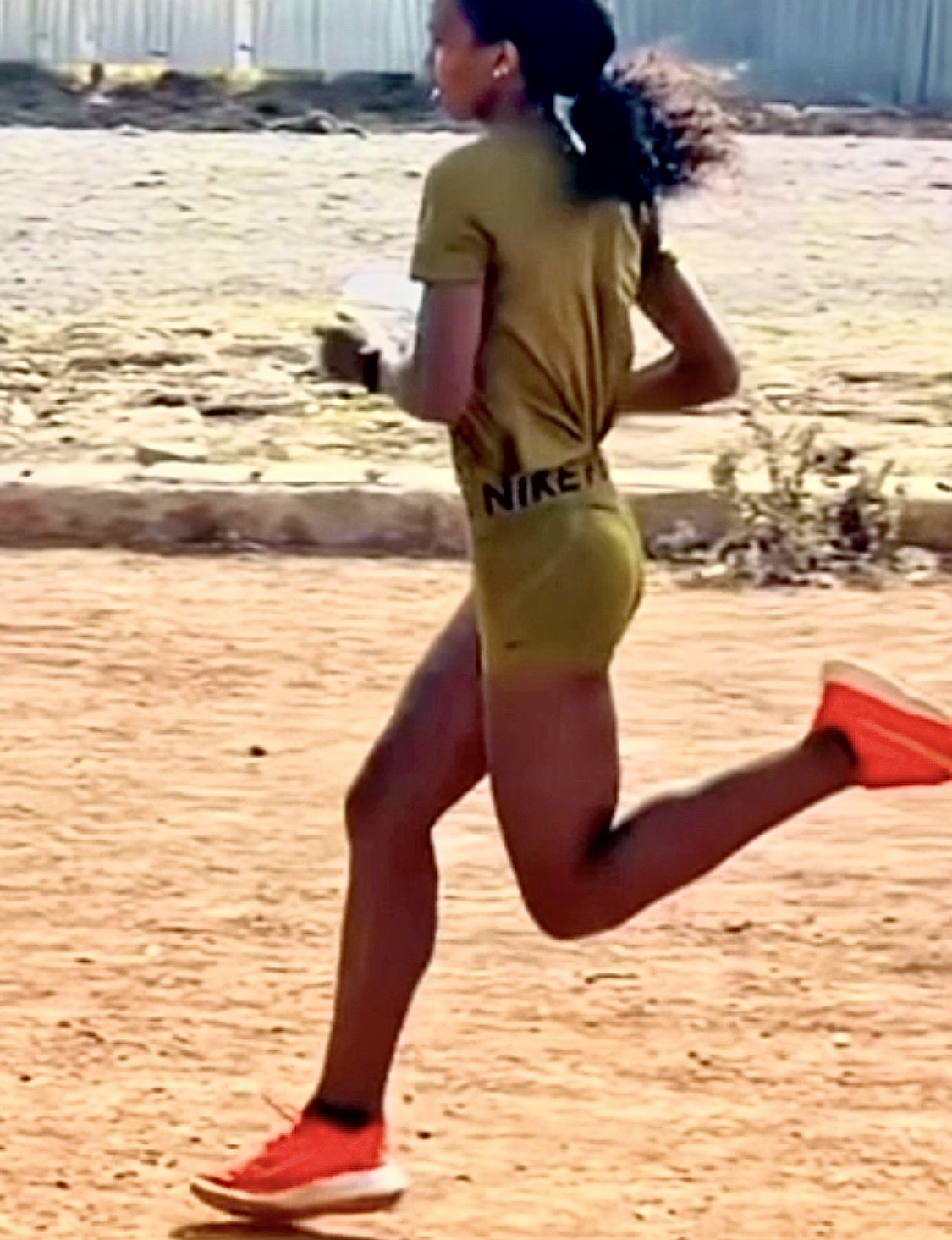

Landing with a forefoot strike when running enables more involvement of the arch in contributing more elastic energy. The advantage of this is it reduces the amount of muscular effort it takes to propel the body forward as compared with heel strike running.
For example, firm evidence from a study in the journal, Medicine and Science in Sports and Exercise, revealed that one reason forefoot running does a better job at increasing the amount of elastic energy in the arch than heel strike running is by enabling the arch to undergo what is called “three-point bending” shortly after touchdown. This type of bending enables the arch to stretch and expand more, which was found to load more elastic energy through the arch than landing heel-first when running.
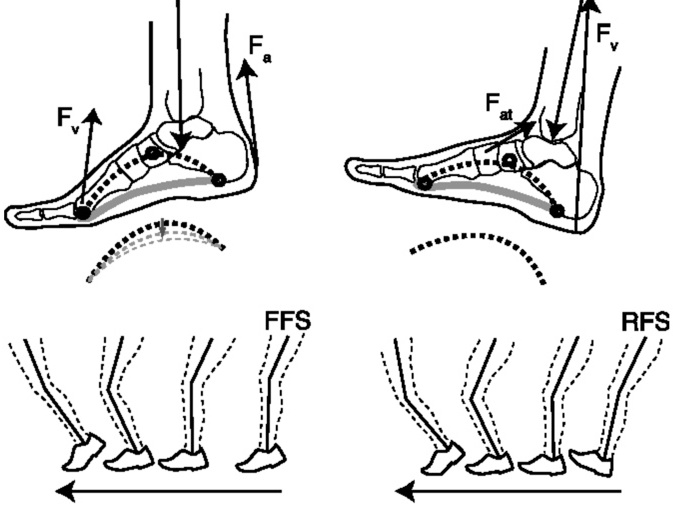
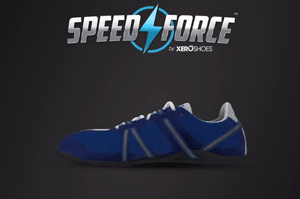
In heel strike running (shown below), elastic strain energy from the arch is less abundant because the center of mass lands behind the arch at heel strike. This was found to cause the arch to stiffen which restricted arch compression and less elastic energy was recovered.
Worse still, after heel strike, the downward force exerted by the body when the foot rolls heel-to-toe was found to increase the rate of the ground reaction force on the arch, adding more complications to its spring properties.

In contrast, another benefit of forefoot running is it makes the arch less prone to injury because there are weaker impact forces acting on the arch, which is another reason why the arch contributes more elastic energy efficiently than heel strike running.
Last but not least, the arch of the foot isn’t the only elastic structure forefoot running does a better job at enhancing, it also enables the Achilles tendon to contribute more elastic strain energy, too! Here’s my article on that: Is Forefoot Running Faster than Heel Strike Running?
References:
Ker et al. (1987). The spring of the arch of the human foot. Nature,325:147-9.
Pear, DP., Daoud, AI and Lieberman, DE. (2012). Effects of footwear and strike type on running economy. Med Sci Sports Exerc, 44(7):1335-43.
If you’ve enjoyed this article, you’ll love my content over at my YouTube channel, here, where I go into more detail about the evidenced-based facts on the performance and injury preventative advantages of forefoot running vs heel strike running.
If you’d like, you can support Run Forefoot and help keep it going by making a donation in any amount of your choosing:

Or, you can support Run Forefoot by shopping at the BEST Barefoot Shoe Brands, and be sure to bookmark these links 🙂
Lonowear: https://lonowear.com/?ref=cedsholh
Saguaro: https://www.saguaro.com/?ref=9bVA8fEkmDvB-I
Vibram FiveFingers: https://amzn.to/3VQLAUI
Vivobarefoot: https://amzn.to/3vycQOY
Be Lenka: https://www.tkqlhce.com/click-7600968-13947200
Xero Shoes: https://xeroshoes.com/go/Run_Forefoot
Iguaneye: https://www.iguaneye.com/?ref=8tfXVc92
Soft Star Shoes: https://shrsl.com/3mp1b
Wilding Shoes: https://bit.ly/3lIygQP
Bretta Riches
BSc Neurobiology; MSc Biomechanics candidate, ultra minimalist runner & founder of RunForefoot. I was a heel striker, always injured. I was inspired by the great Tirunesh Dibaba to try forefoot running. Now, I'm injury free. This is why I launched Run Forefoot, to advocate the health & performance benefits of forefoot running and to raise awareness on the dangers of heel striking, because the world needs to know.
Latest posts by Bretta Riches (see all)
- Can You Run In Barefoot Shoes? Yes, But DON’T Heel Strike! - 21/07/2024
- Why Cushioned Running Shoes Are Really Bad for Your Feet - 19/07/2024
- Do Cushioned Running Shoes Cause Injuries? - 17/07/2024

